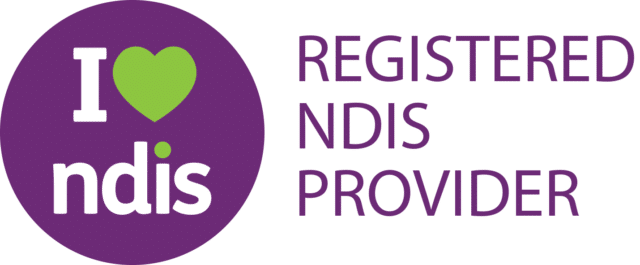There are two types of AAC
- Signing (Key Word Sign)
- Picture Exchange Communication System (PECS)
- Pragmatic Organisation Dynamic Display (PODD) Book
- Picture Boards
- Whiteboard and Pen
High Tech includes means of communication which requires technology to function. They are often devices like iPads with applications which assist in communication. There are a wide variety of apps that are created to assist in communication and your speech pathologist can recommend a variety to suit you. High Tech AAC devices can be taken almost everywhere but do require care as all electronics need to be charged and repairs can be costly. Due to this, it is always recommended that a High Tech AAC user has a Low Tech AAC backup in case of emergencies. High Tech devices often have synthesised voices to read out the message typed onto the device and therefore anyone – known or unknown to the user – can understand the message. They enable anyone to be able to communicate regardless of their physical or verbal ability.
Some examples of High Tech AAC are:
- iPads with apps installed such as Proloquo2Go, COMPASS, Lamp etc.
- Tobii Dynavox
- Eye gaze devices
- Speech generating devices
- Switch/Button devices




